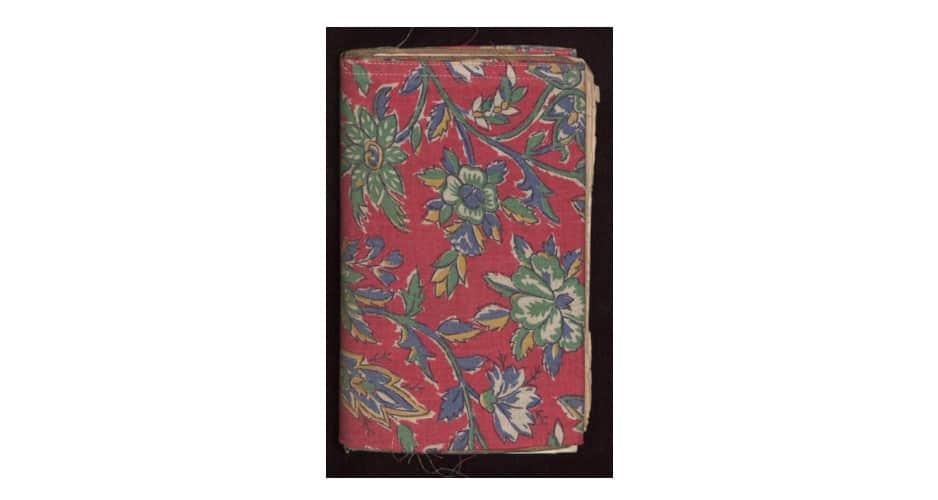The following is written by graduate student worker Emily Schartz As we get ready for warmer weather and summer vacation, we look longingly at a group of travelers 90 years ago who were preparing to start a 137 day-long worldwide cruise on their own vacation to much warmer places. This epic vacation is recorded inContinue reading “Memories of a Memogram”
Tag Archives: travel
Stepping into the life of Julia Booker Thompson
“From the Classroom” is a series that features some of the great work and research from students who visit our collections. Below is a blog by Alexa Starry from Dr. Jennifer Burek Pierce’s class “History of Readers and Reading” (SLIS:5600:0001) Stepping into the life of Julia Booker Thompson Alexa Starry Cookbooks are a wonderful wayContinue reading “Stepping into the life of Julia Booker Thompson”

